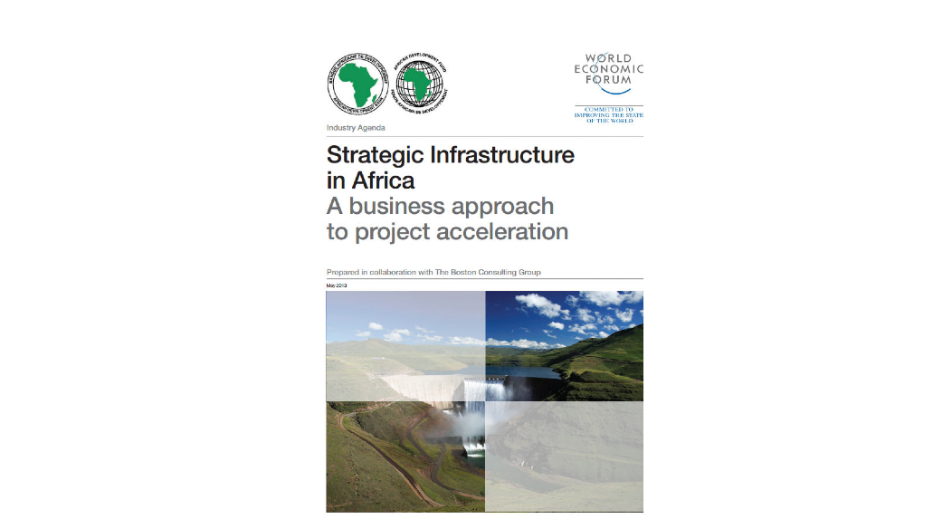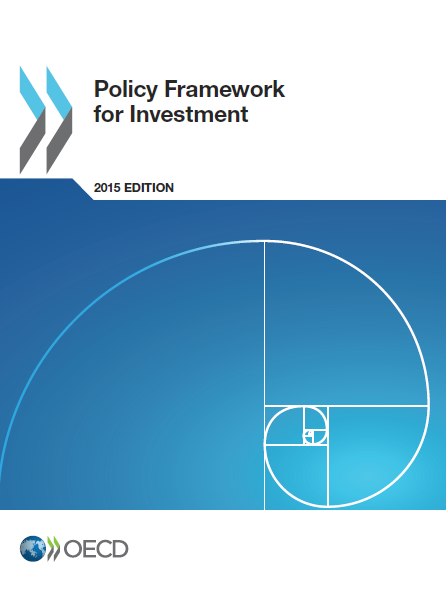Publications
Filter by
457 results found

This document mainly focuses on Introduction to public Private Partnerships, Structuring a PPP Deal, PPP Procurement Process and Managing a PPP Relationship.









The document provides a guidance for planning investments by the Government. The Governments currently cherry-pick the evaluation method that suits the result they want.






The Lawrence National Centre for Policy and Management at Western's Ivey Business School was asked by group of firms active in both procurement environments to compare the processes and incentive structures.



The study aims to understand the role of specialist investors in UK infrastructure and the impact on performance of vital infrastructure assets over the past decade.



While there is no single, consistent definition of risk in the literature on infrastructure, it is often defined as the probability of a loss or unwanted outcome.



Presents the findings of a desktop research study of standard public-private partnership (PPP) contracts and contractual principles from economies with well-developed PPP programs and more.



This report has been prepared by Foster Infrastructure for the APEC Business Advisory Council. It presents the findings of a desktop research study of frameworks to protect the long-term interests of pension funds investing in Public Private Partnerships (PPPs).



The objective of the Diagnostic is to provide strategic, customized advice to client countries so they can make informed decisions in determining an operational plan for their PPP program, the choice of public investment vis-à-vis PPP, and type of PPP.



The interest generated by the role of PPP in the implementation of the Sustainable Development Goals (SDGs) is considerable.



The Guide to Guidance is principally aimed at public procurement authorities considering the use of public-private partnership (PPP) arrangements.






At their 2014 Summit, the B20 called on G20 governments to apply best practice procurement processes in all large and/or publicly significant infrastructure projects.



The aim of this guidebook is to compile information on PPP frameworks in APEC member economies into a single information as a facilitatory tool for investment.



This report presents a selection methodology that proposes a common language with clear economic, technical, social and regional criteria to identify infrastructure projects with the potential for acceleration.



The aim of this PPP-Readiness Self-Assessment is to provide a diagnostic tool for identifying the key areas that governments need to address in order to involve the private sector more actively in the infrastructure development process.








